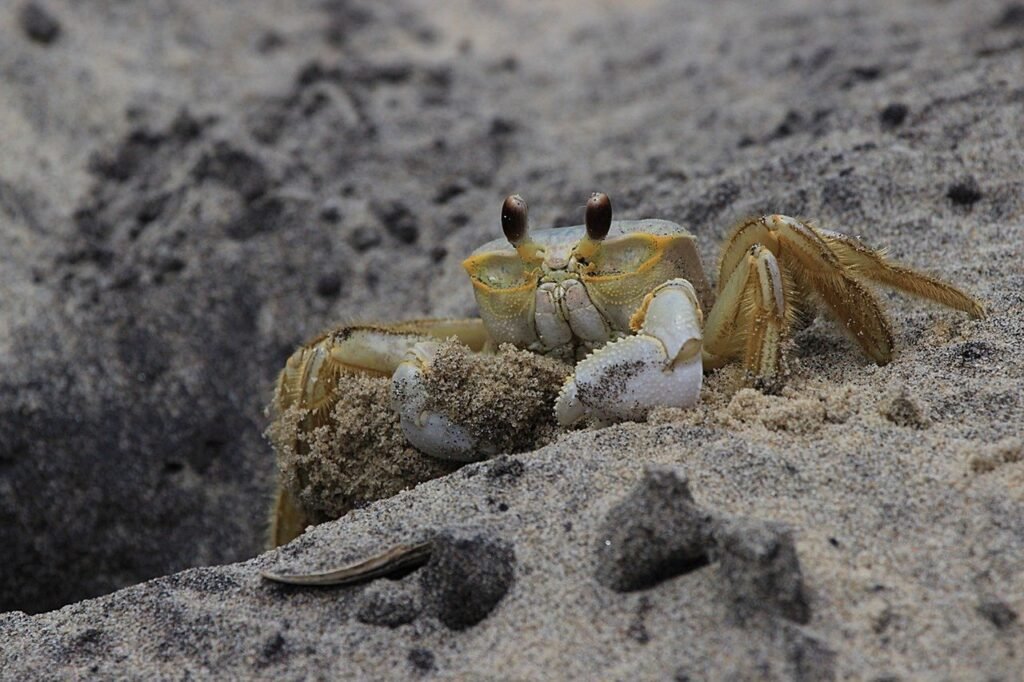The role of technology in wildlife conservation is quite immense. Almost every person on the planet is impacted by technology, which affects every aspect of our everyday existence. Moreover, technological innovation has the power to change how we address the most pressing conservation issues of the present and the future. We must transform these advancements into beneficial effects for the environment as the rate of technological progress keeps accelerating.
We’re seeing a shift in conservation tactics, from using GPS to track animal movements to employing drones to monitor habitat. In addition to directly protecting species, technological technologies also help us better understand their requirements and behaviours. This strengthens our will to preserve and safeguard the natural environment.
This article explores the role of technology in wildlife conservation. It explores creative ways that technology is being used to conserve wildlife globally, with the least amount of human interference.

Image source: Pixabay
The Role of Technology in Wildlife Conservation: Innovative Solutions
1. Camera traps
Finding new, uncommon, elusive, and secretive species has been greatly aided by remote camera traps. On one hand, they help shield endangered wildlife and their habitats from poaching and other illicit activities. On the other hand, they offer a non-intrusive way to monitor the behaviour, distribution, and diversity of species within a landscape.
With a marine type of camera-trapping, you will be able to track animal variety at a cost-effective rate wan inexpensive means of tracking animal variety, abundance, and behaviour beneath the waters.
2. GPS Tracking
Wildlife tracking has been revolutionized by GPS technology. By mapping the migratory patterns of animals across continents, scientists have been able to identify important habitats and migration pathways.
For instance, monitoring migratory birds has aided in the identification of significant rest stops that require conservation. Good management practices are guided by the information that GPS collars on big mammals offer about their range, behaviour, and communications.
3. Collaring and tagging
The process of attaching electronic tags to specific animals to collect and transmit data on their behaviour, movements, and environment is known as “biologging.” Real-time tracking aids research, security, and management efforts.
It also helps uncover trafficking routes, including the global movement of timber, wildlife, and other illegally traded goods. Tracking collars, often worn by endangered megafauna like elephants and lions, protect them from various threats, such as human-wildlife conflicts.
4. Aerial drones
Drones are transforming anti-poaching efforts and wildlife monitoring. They provide a distinct advantage in challenging terrains like remote areas or dense forests. For example, law enforcement uses drones equipped with thermal imaging cameras at night to spot poachers from a distance in African savannas, greatly boosting their effectiveness.
Additionally, conservation teams also use drones frequently to monitor habitat conditions, assess the health of animal populations, and even plant seeds in deforested areas as part of reforestation projects.
5. Machine Learning and AI

Image source: Pixabay
The Role of Technology in Wildlife Conservation: Impact on Conservation Efforts
Significant improvements have resulted from the use of technology in wildlife conservation, including:
1. Improved data gathering and Interpretation
Conventional techniques for gathering data are frequently labour-intensive and time-consuming. This procedure has been simplified by technology, allowing conservationists to collect and evaluate data more quickly.
Researchers can prioritize important sites, create efficient conservation plans, and prudently distribute resources with the use of precise data.
2. Improved defence against poaching
However, one of the primary dangers to animals is still poaching. In response, drones, GPS tracking, and artificial intelligence have all shown promise in addressing this problem.
For instance, drones used to combat poaching can patrol protected regions. Additionally, they can identify questionable activity and notify authorities. Furthermore, preemptive action is made possible by AI systems’ ability to identify patterns and forecast potential poaching targets.
3. Encouragement of habitat restoration
By tracking changes in the environment and evaluating the health of ecosystems, technology helps restore habitat.
Conservationists can find places that require rehabilitation or reforestation with the use of satellite images. The reforestation process is accelerated by the deployment of drones to plant seeds in hard-to-reach places.
4. Increasing knowledge and involving the community
The promotion of animal conservation has been greatly aided by digital media. Websites, internet campaigns, and social media all contribute to public education about the value of preserving endangered species.
Better results have come from encouraging local communities to join in conservation efforts through technology-enabled community engagement projects.
5. Encouraging research and cooperation
Effective wildlife conservation requires international cooperation. Thanks to technology, governments, organizations, and scientists may now collaborate and share information more easily.
Thanks to electronic databases, cloud storage, and collaborative platforms, researchers can access and examine data from all over the world. This results in better collaboration and more thorough conservation plans.
Read also: How to Develop a Mobile App: A Beginner’s Guide
Wrap-Up: The Role of Technology in Wildlife Conservation
Technology is now a vital weapon in the battle to protect species. These technological advancements, which range from drones and GPS tracking to artificial intelligence and genetic research, have improved conservation efforts worldwide. Also, technological innovation can revolutionize conservation by enabling us to scale up and accelerate our impact while also protecting species, landscapes, and seascapes more effectively and efficiently. From what has been outlined about the role of technology in wildlife conservation, it’s obvious We need to work together to enhance it.


